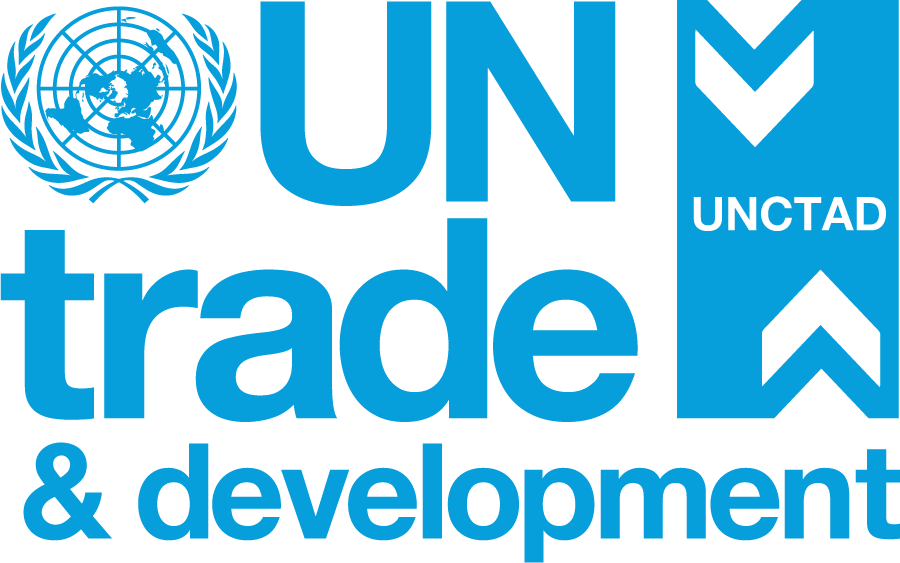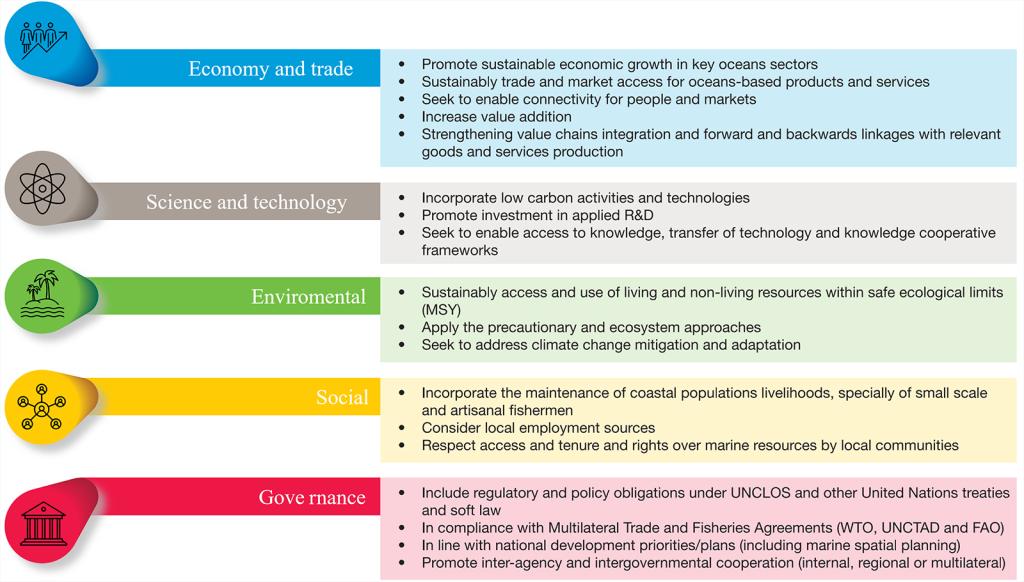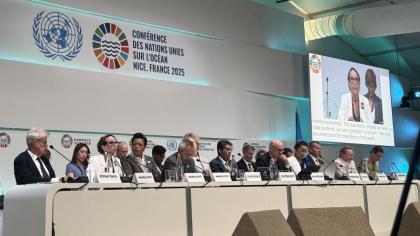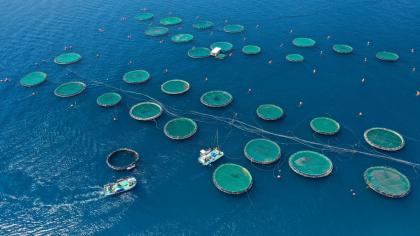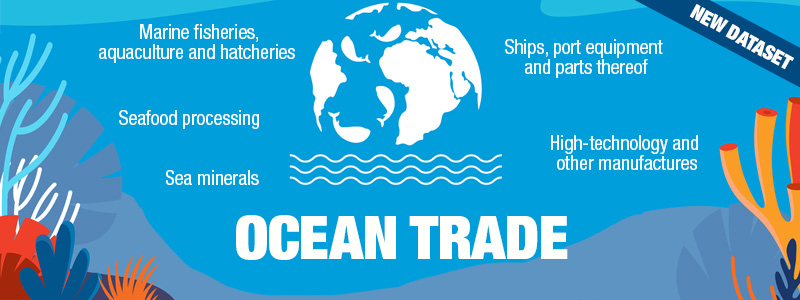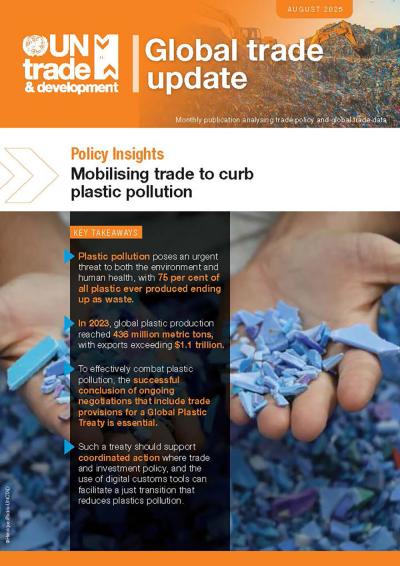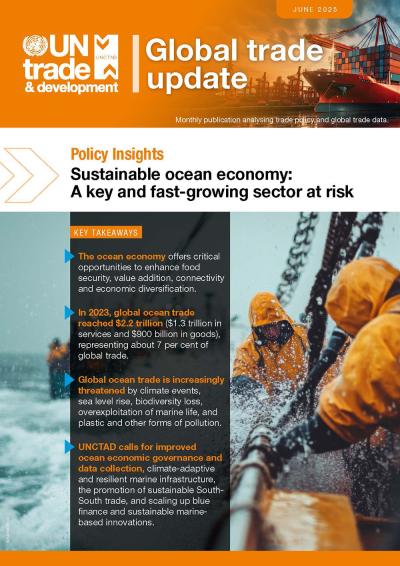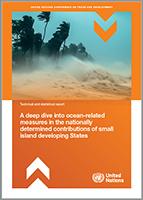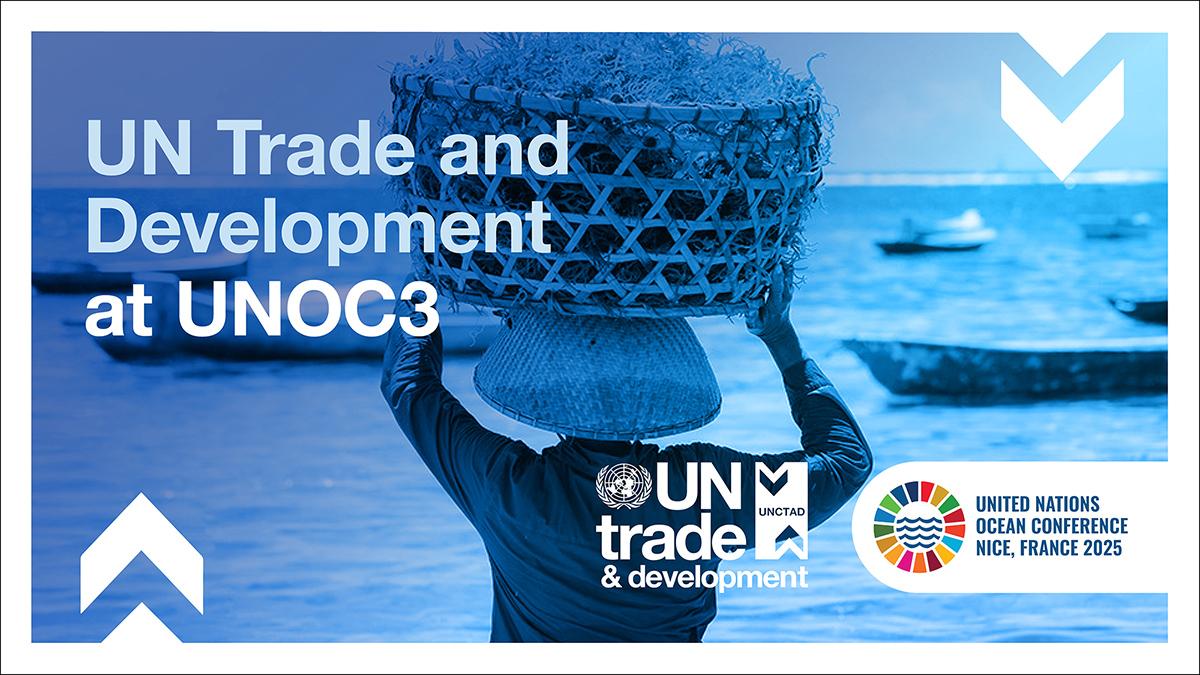
The ocean and seas cover over two-thirds of the earth's surface, provide food and minerals, generate oxygen, absorb greenhouse gases, determine weather patterns and temperatures, and serve as highways for 80% of the volume of international trade.
To sustain life on Earth, sustainable use entails ocean, seas and marine resources conservation whilst contributing to the achievement of sustainable development, economic growth, and livelihoods. About 162 of 195 UNCTAD members have coasts, and 83 of them have a larger ocean space than land territory.
UNCTAD is supporting developing countries to identify the opportunities and challenges that the growing global ocean economy can bring. It also supports national trade and other competent authorities to design and create an enabling policy and regulatory environment that promotes the development and emergence of sustainable ocean economic sectors through the definition and implementation of national and regional oceans economy and trade strategies.
Our mandate
Five pillars of the oceans economy
News
Sustainable Ocean Economy Classification
The identification of sustainable ocean economy sectors and their respective Harmonized System codes was conducted in the UNCTAD report "Towards a harmonized international trade classification for the development of sustainable ocean-based economies".
A dataset on Ocean Trade is now available in the UNCTADstat Data Center.
Publications
Featured videos
Featured Podcast
Deep sea mining: Necessary innovation or environmental risk?
Related
Special initiative
Projects
9 – 18 December 2025
E-training course: Emerging issues at the interplay between trade and sustainable development
4 – 5 December 2025
First national workshop: Enhanced statistics for evidence-based climate action in maritime trade, transport and fisheries in Barbados
19 November 2025
COP30 Action Agenda event: Seaweed and aquatic foods – blue solutions for climate resilience
18 November 2025

